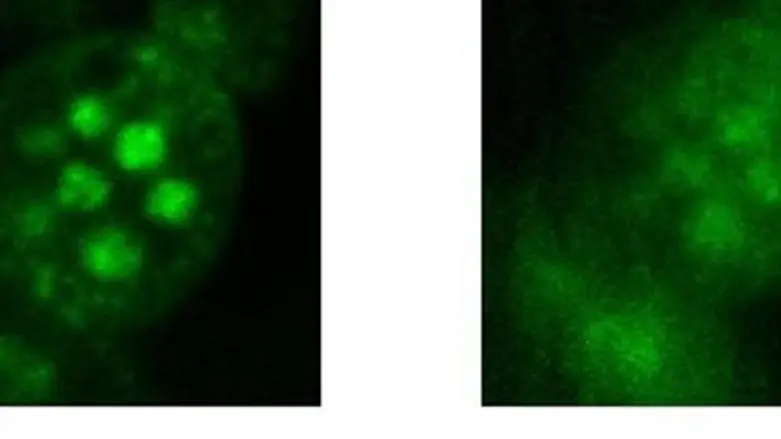
A “science-fiction-come-true” microscope has been invented at the Weizmann Institute, one that uses time and space to look at the brain.
Professor Yaron Silberberg and Dr. Dan Oron of the Physics of Complex Systems Department have invented a “temporal focusing” microscope, which works by controlling the focus of a laser light beam in time, rather than in space.
Light is beamed at the sample in long pulses, which shorten when the beam reaches the desired plane, producing the needed illumination, according to the two scientists.
In this manner, a single exposure to a light source can illuminate an entire brain area.
The method allows for outstanding precision: pulses lasting several femtoseconds – each femtosecond is a millionth of a billionth of a second – target specific neural network components in a millimeter-thick sample of brain tissue, they explain.
A licensing agreement for developing the invention into a commercial product has been signed between Yeda, Weizmann's technology transfer arm, and Intelligent Imaging Innovactions (3i) in the United States.
"We look forward to incorporating temporal focusing in several upcoming products designed for optogenetics, as well as for other photomanipulation applications,” said Dr. Karl Kilborn, co-president of 3i.
"In all such applications, a simultaneous illumination of numerous cells, or numerous parts sof one cell in a single plane, is critical. It is essential for understanding the behavior of complex neural circuits or other biological phenomena that occur too fast for studying them with sequential illumination approaches.”
The research of both scientists is being supported by numerous sources.